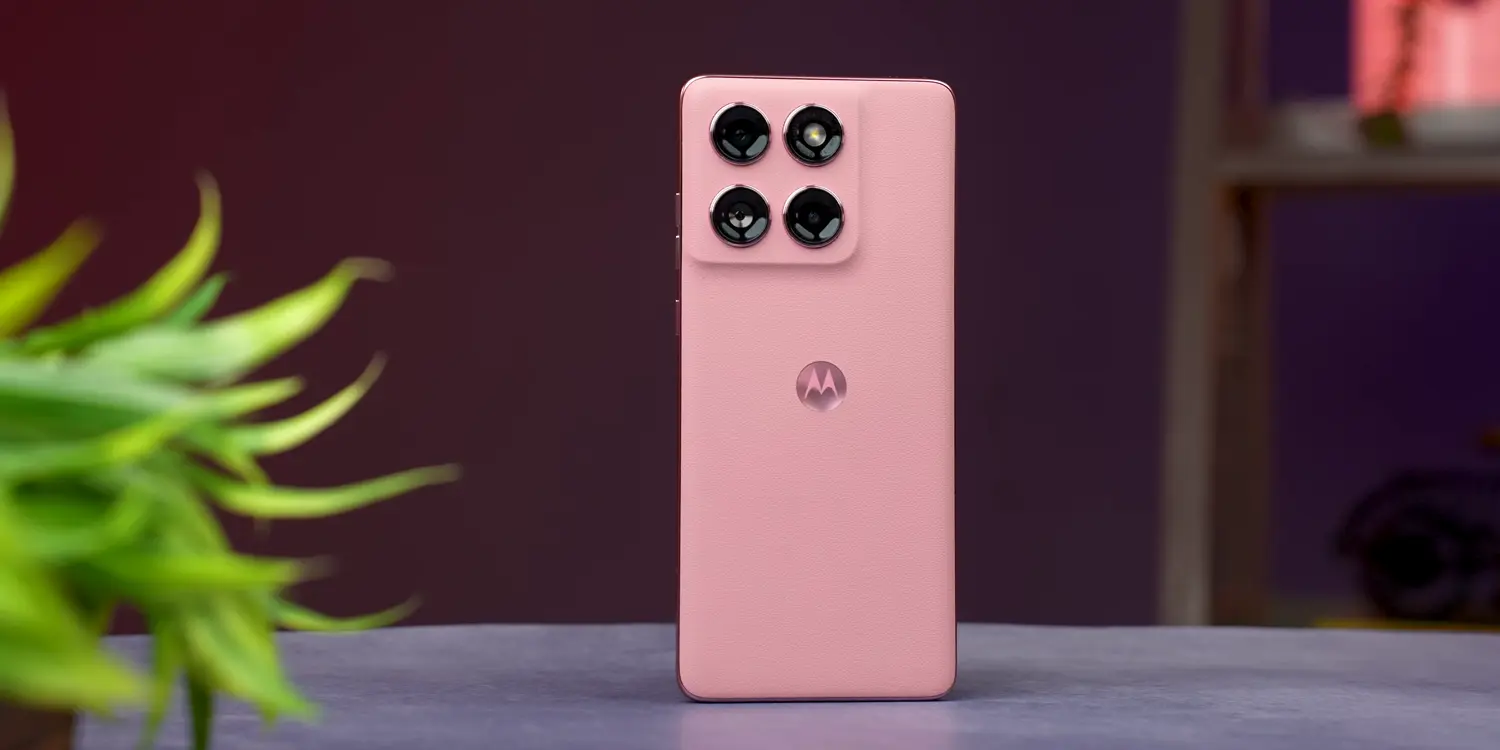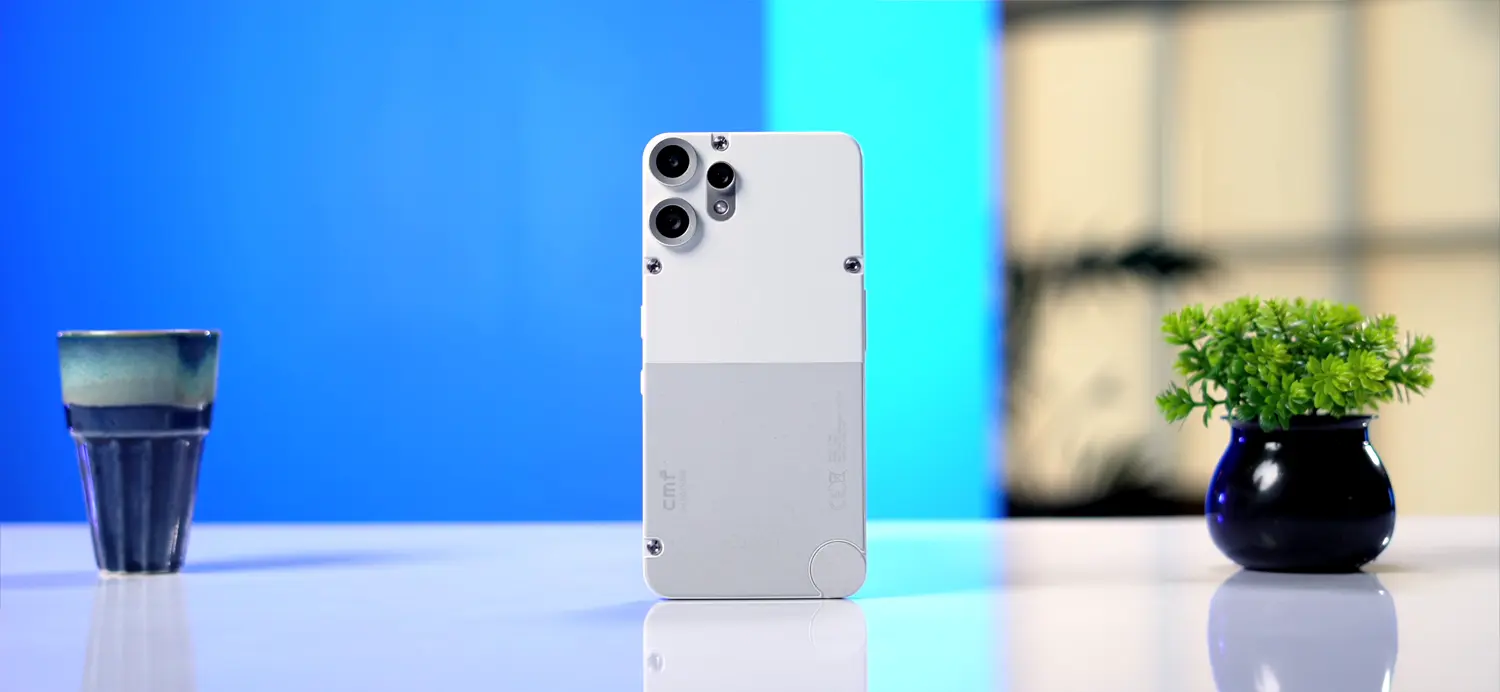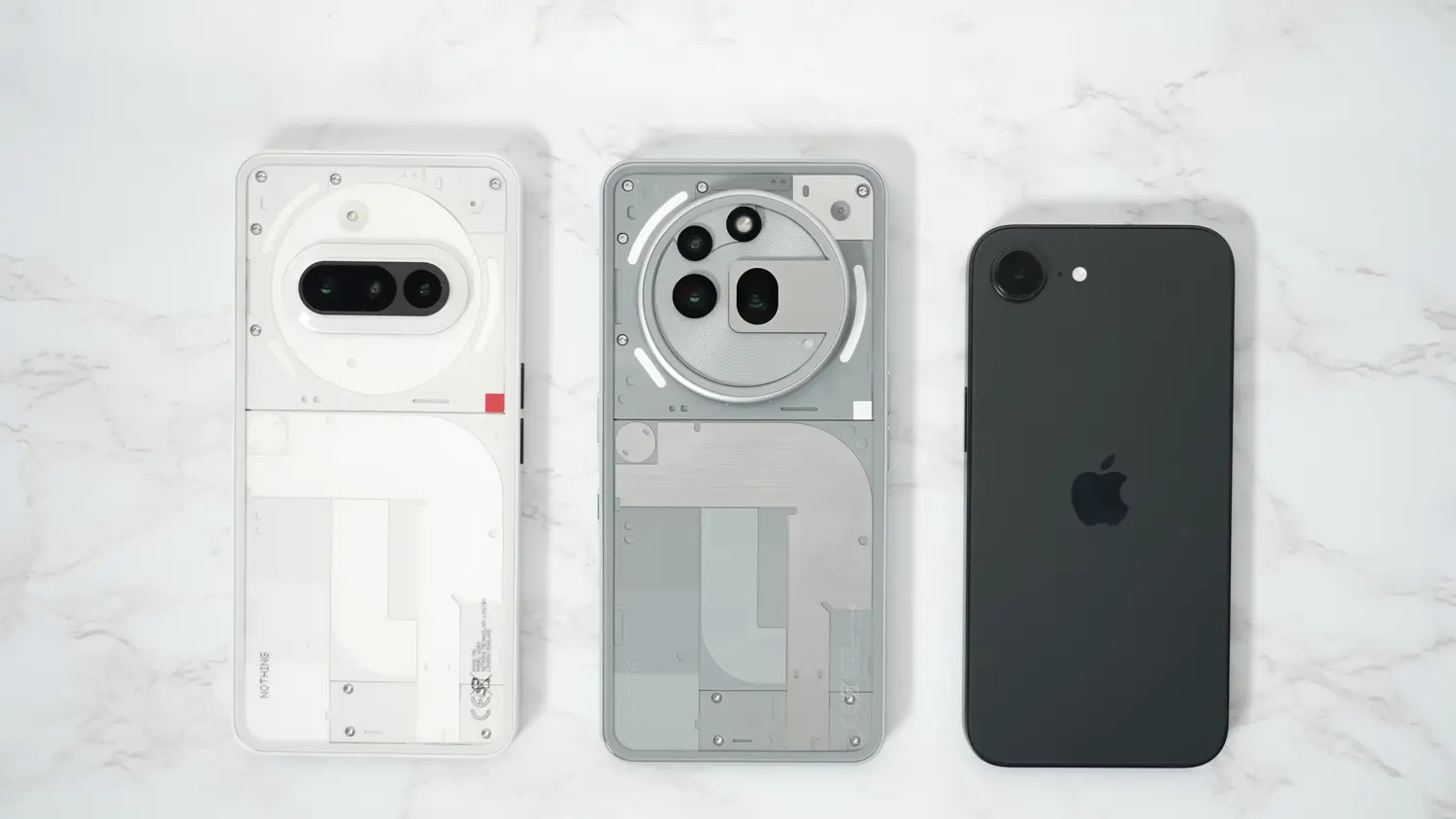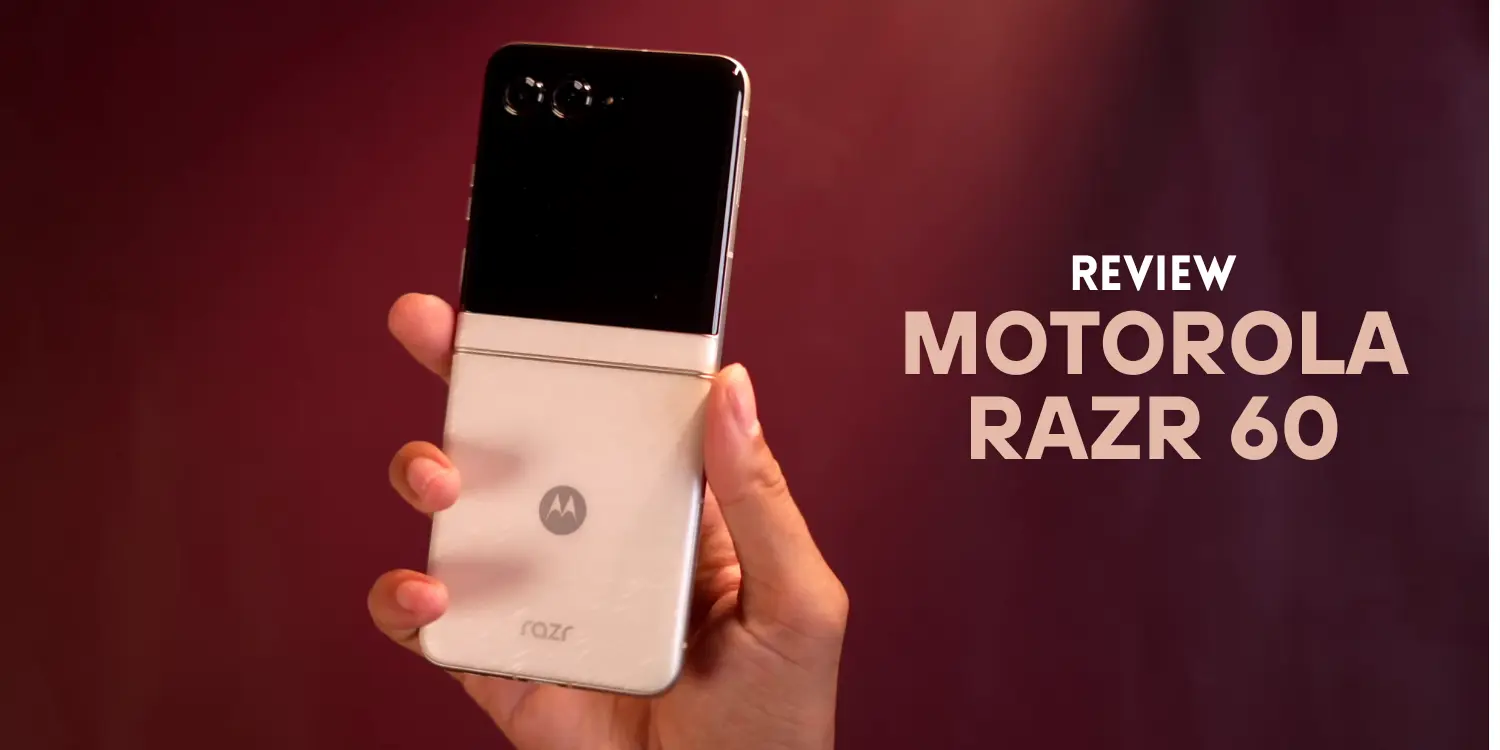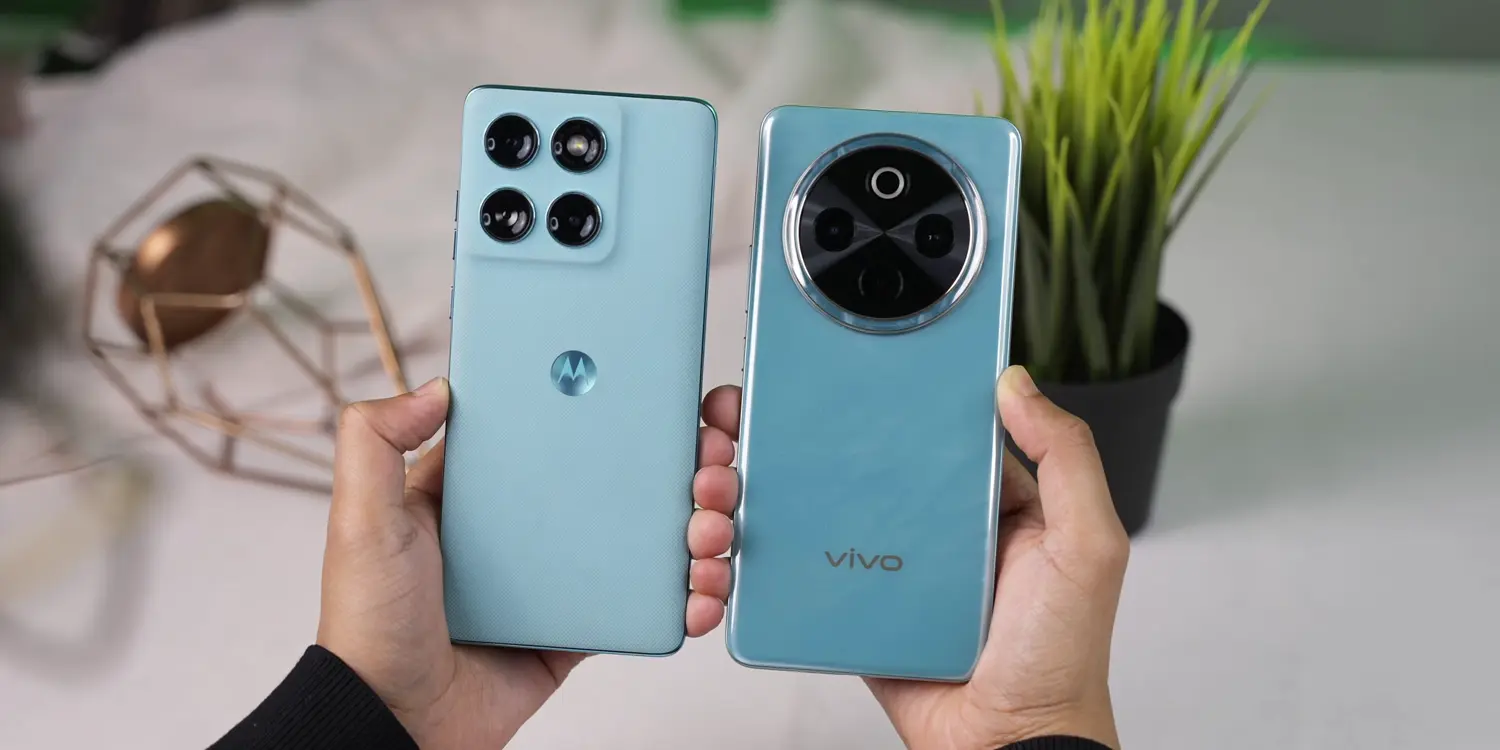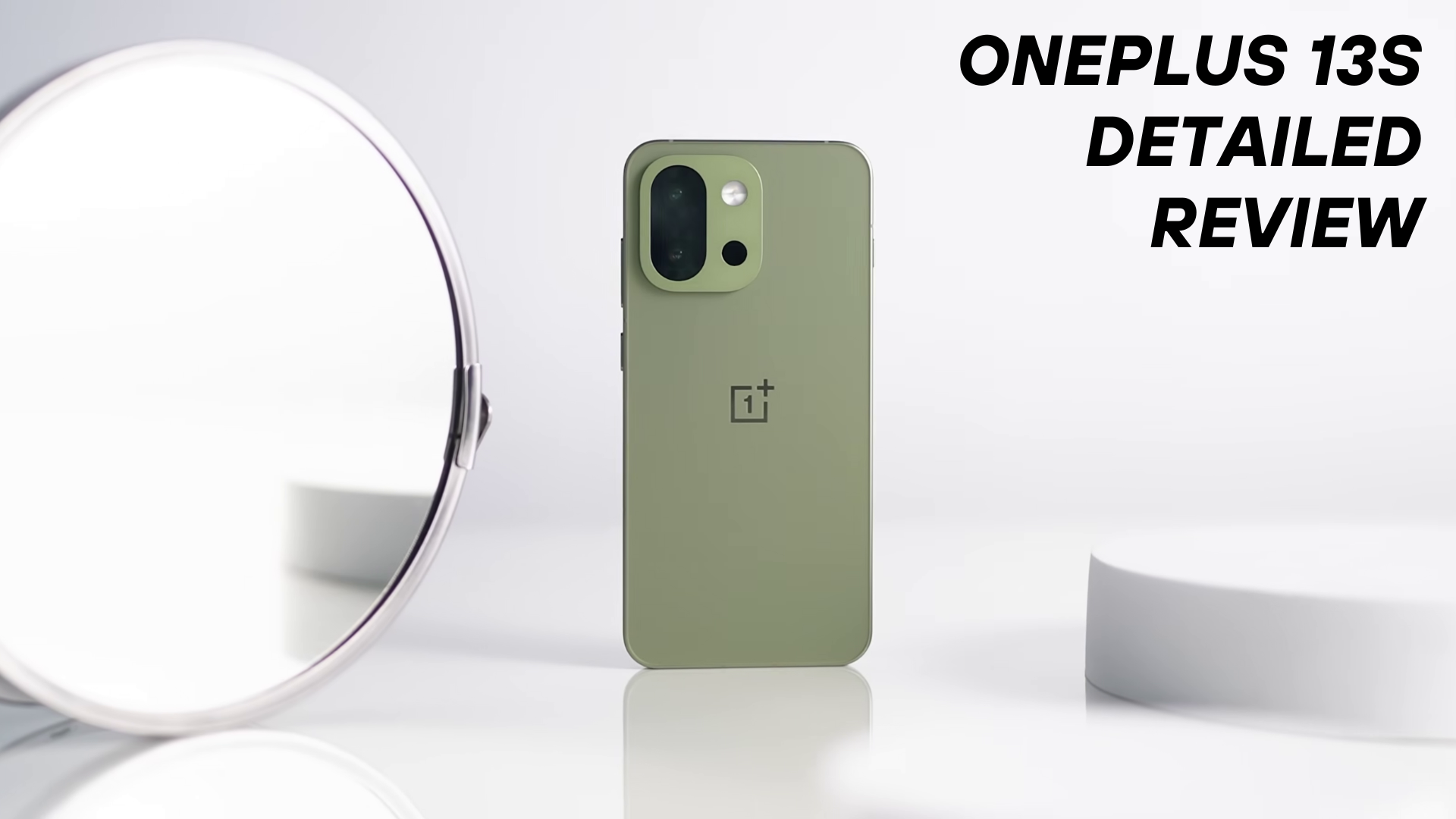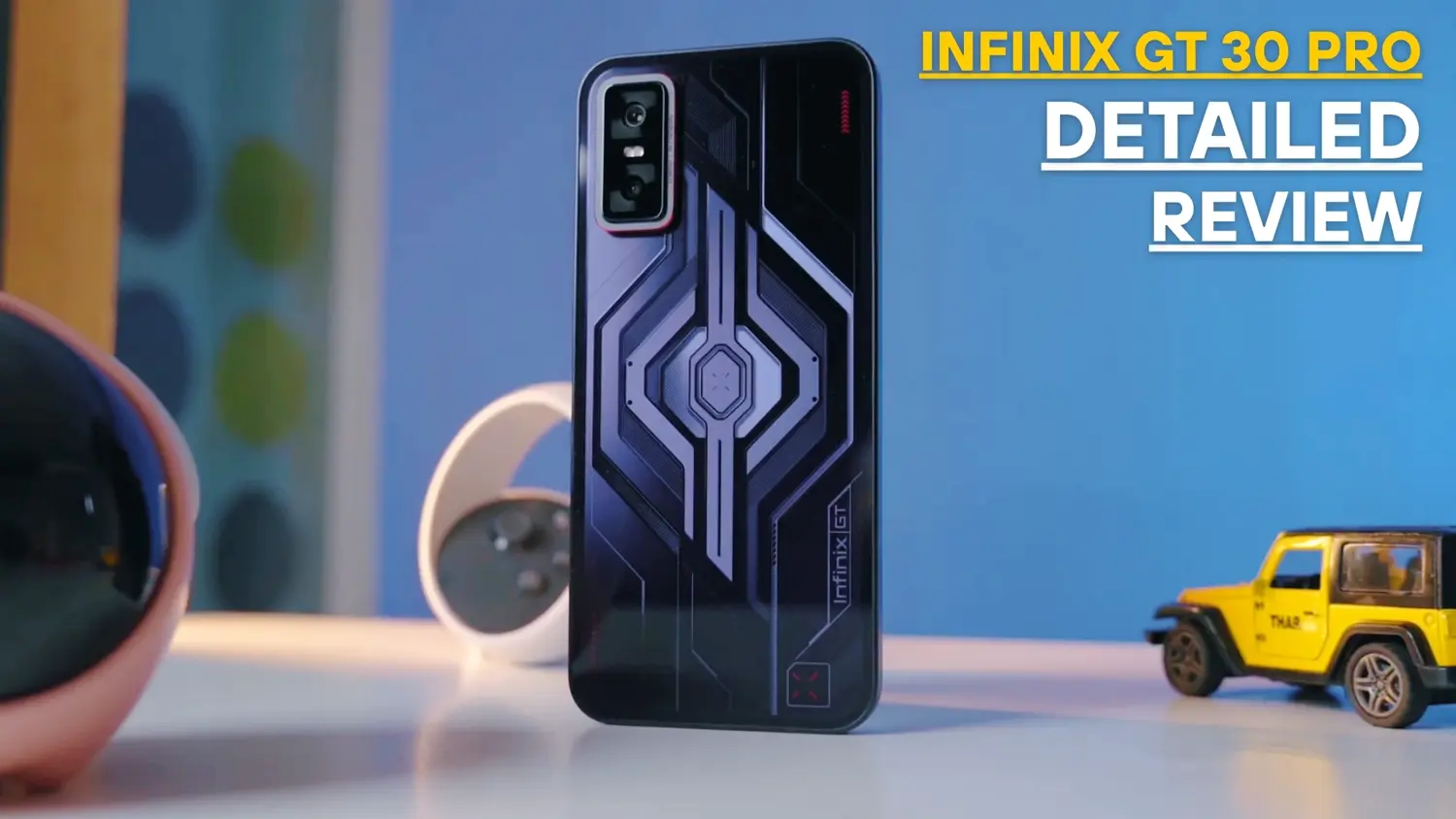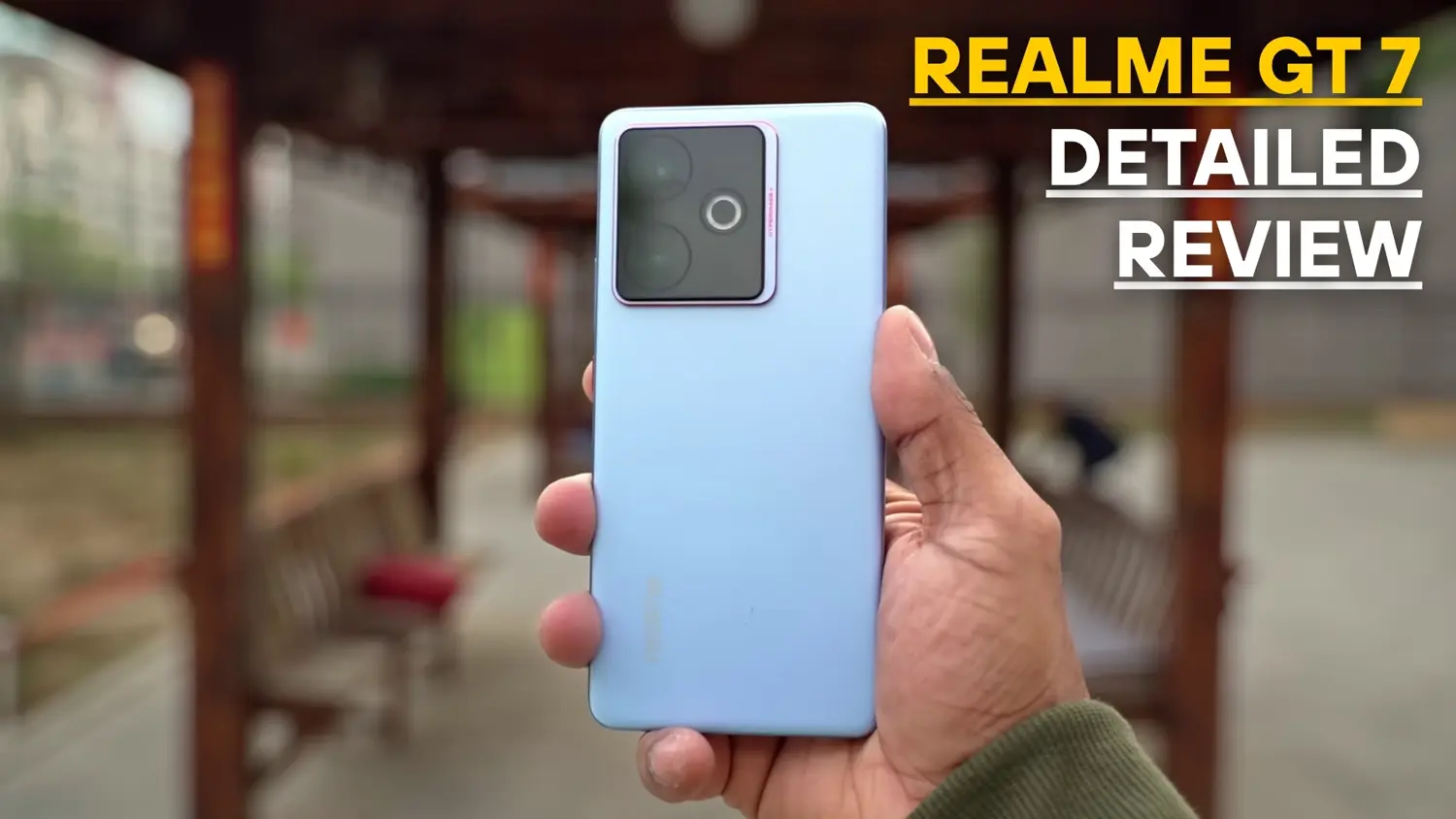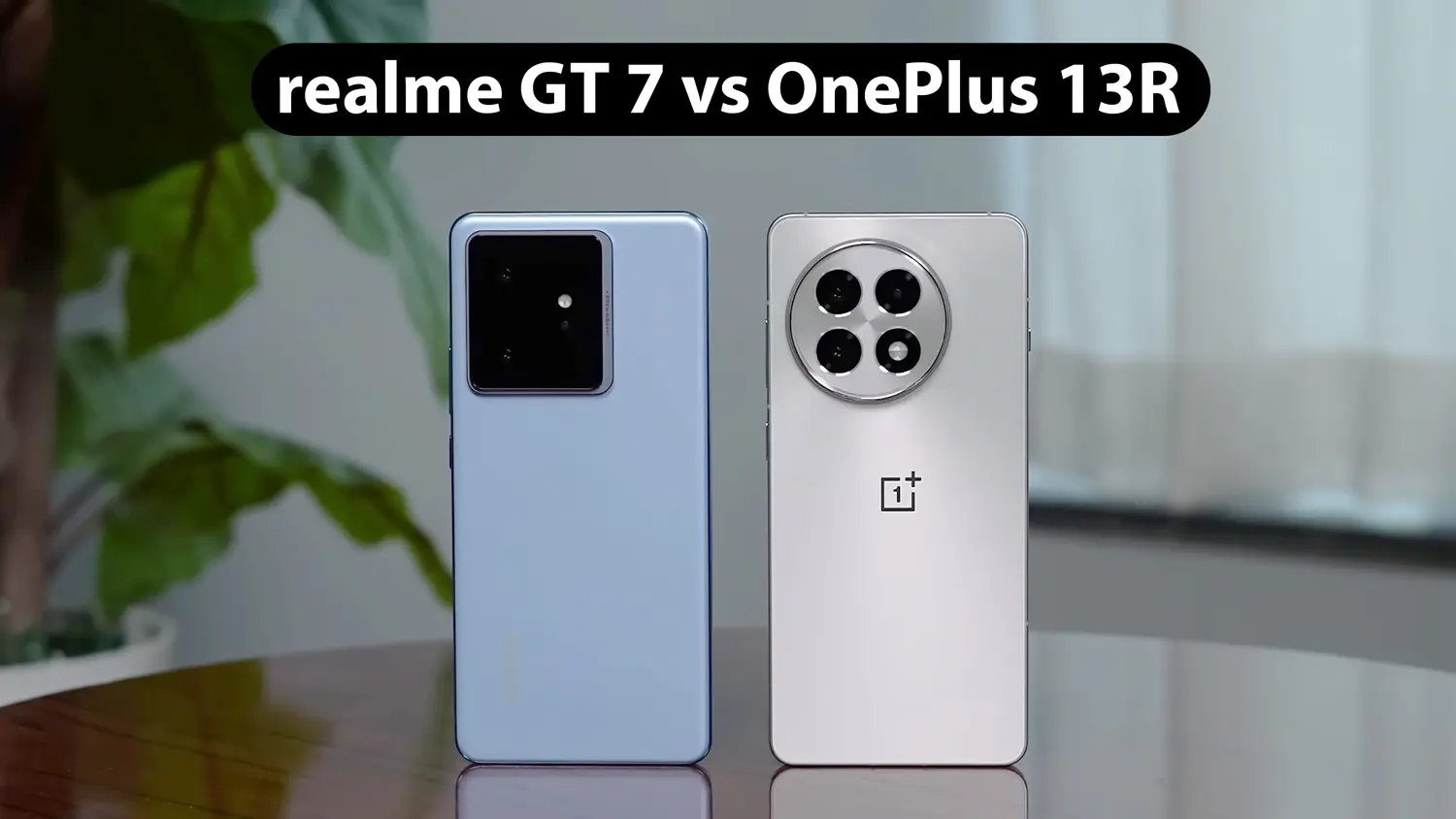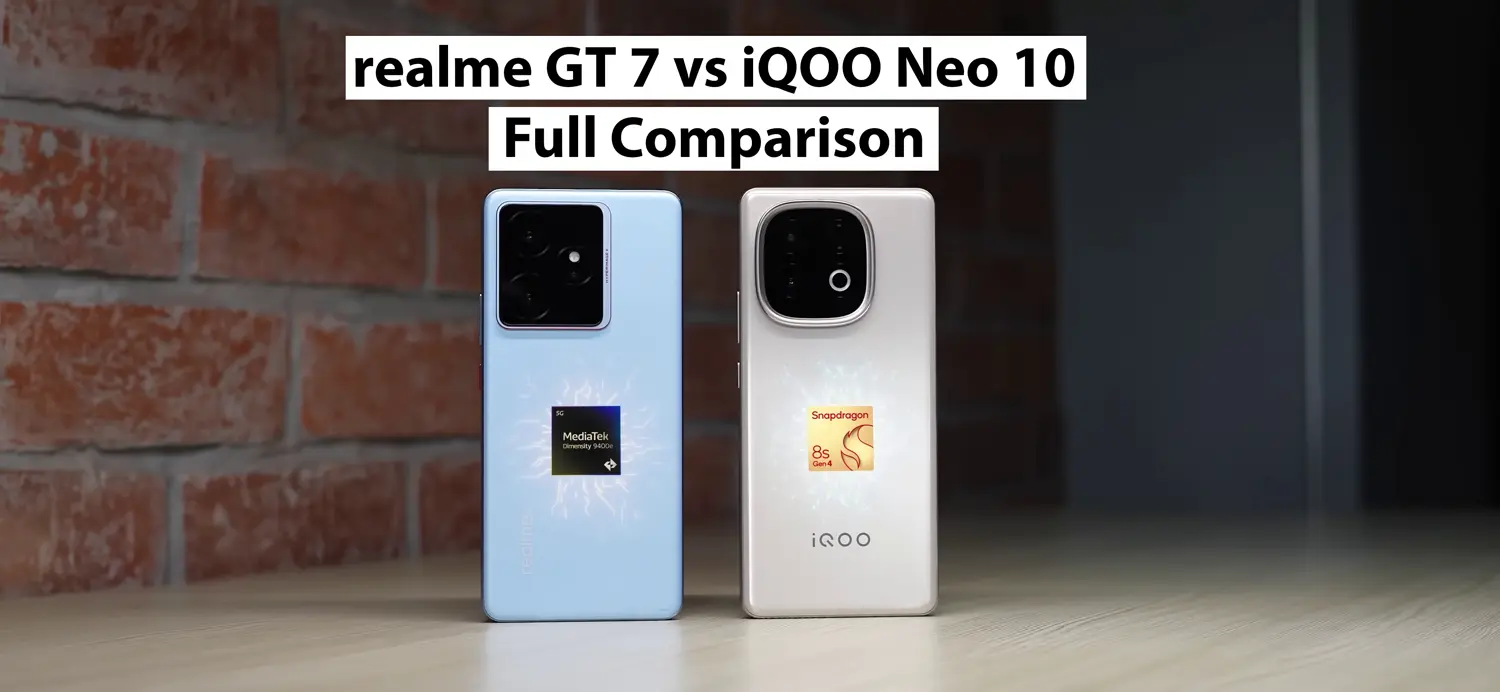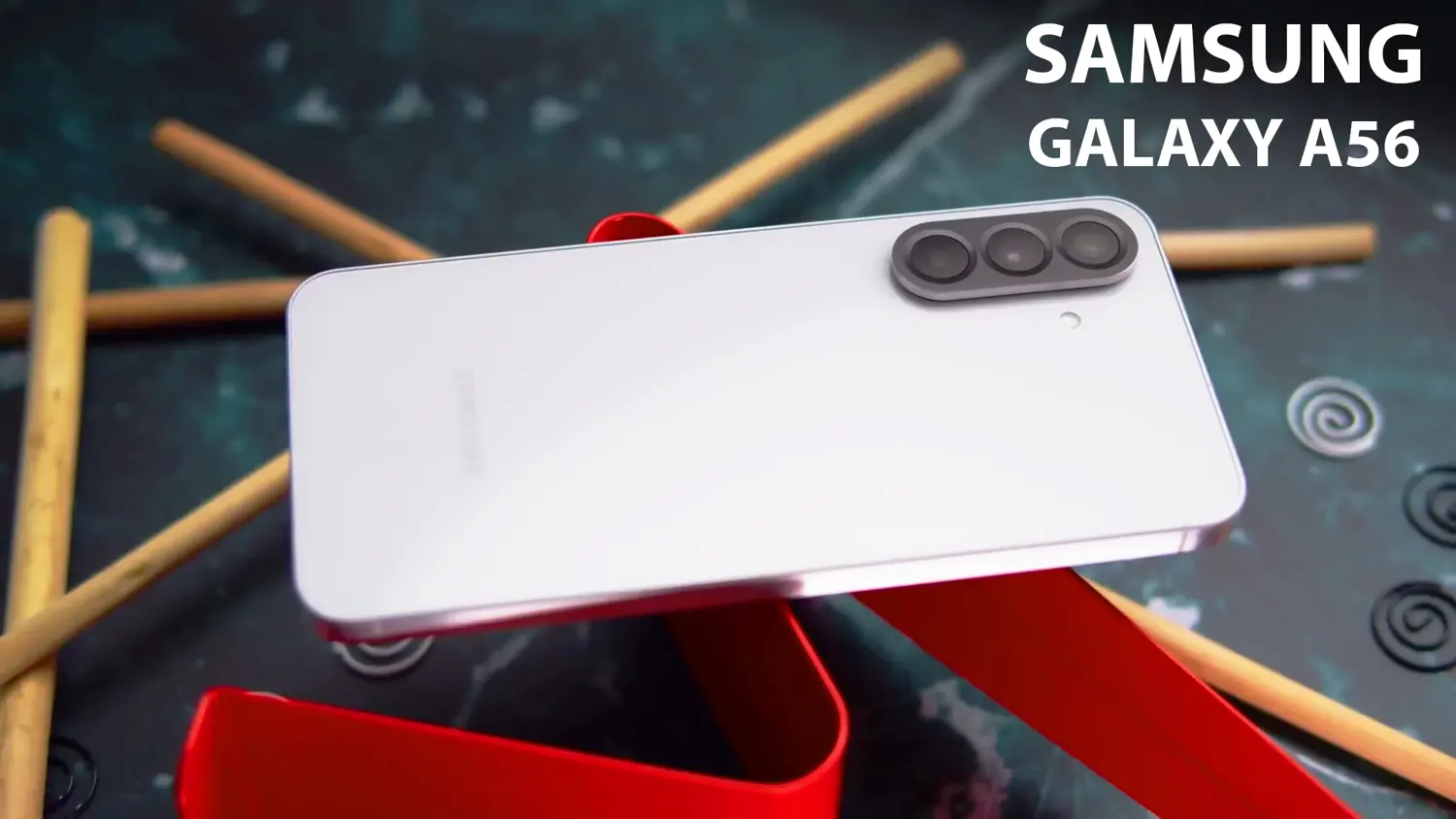The smartphone market in India is buzzing with options, and Motorola has been making waves with its impressive comeback. In 2024, the brand has shown remarkable growth by launching competitive devices across various price segments and reintroducing products like tablets, smartwatches, and even laptops. Among its latest offerings, the Motorola Edge 60 Fusion stands out as a well-rounded mid-range smartphone priced under ₹25,000 (approximately $300). But with concerns about software updates and product availability, is this phone worth your money? After analyzing its features, performance, and user experience, here’s a detailed review to help you decide.
Design and Build: Premium Yet Practical

The Motorola Edge 60 Fusion immediately grabs attention with its sleek and premium design. Priced at ₹23,000 ($275), it’s one of the few phones in this segment to offer both IP68 and IP69 ratings, ensuring excellent dust and water resistance. This gives users peace of mind, especially during monsoons or accidental spills. The phone feels sturdy, lightweight, and comfortable to hold, even for those with smaller hands. Despite packing a massive 5,500 mAh battery, it avoids feeling bulky or heavy, making it ideal for long-term use.
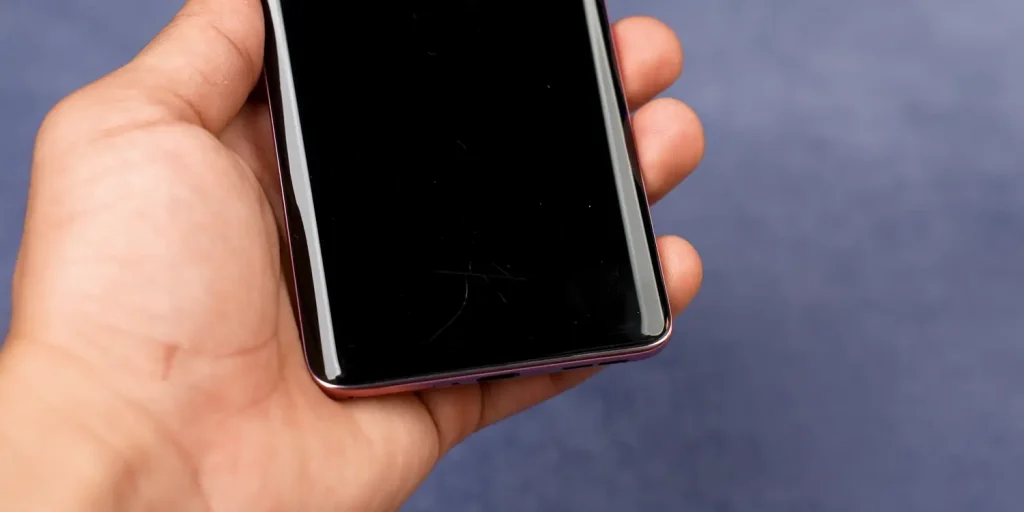
The design is further enhanced by Gorilla Glass 7i protection, which has proven effective against drops. However, the screen is prone to scratches, and finding a reliable screen protector for its curved display is a challenge. Motorola could have included a pre-applied screen protector to address this issue. Another minor drawback is the placement of the in-display fingerprint sensor, which is positioned slightly lower, requiring users to stretch their fingers. Additionally, the curved screen occasionally leads to mistouch issues, which can be mildly annoying during daily use.
Overall, the Edge 60 Fusion’s design strikes a balance between aesthetics and practicality, making it one of the best-looking phones in its price range.
Display: Bright, Sharp, and Immersive
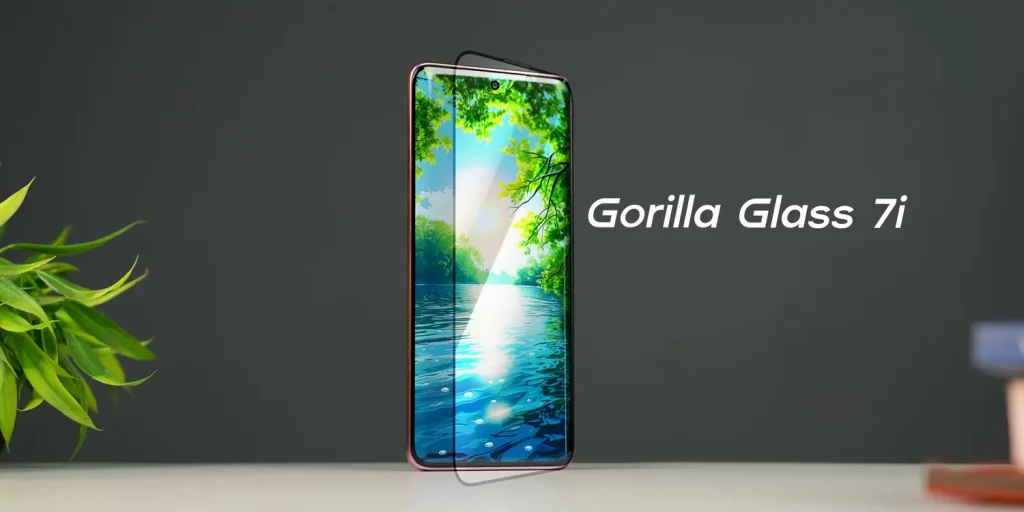
The display is another area where the Motorola Edge 60 Fusion shines. It features a bright and sharp screen that performs exceptionally well in various lighting conditions, including direct sunlight. Whether you’re watching videos or scrolling through social media, the display delivers vibrant colors and crisp visuals. The inclusion of Gorilla Glass 7i adds durability, though, as mentioned earlier, it’s not entirely scratch-resistant.
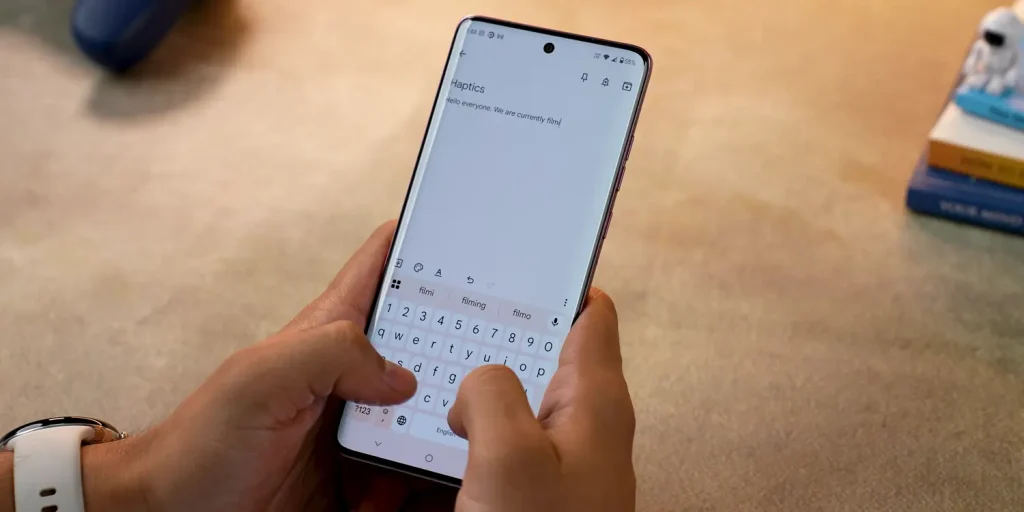
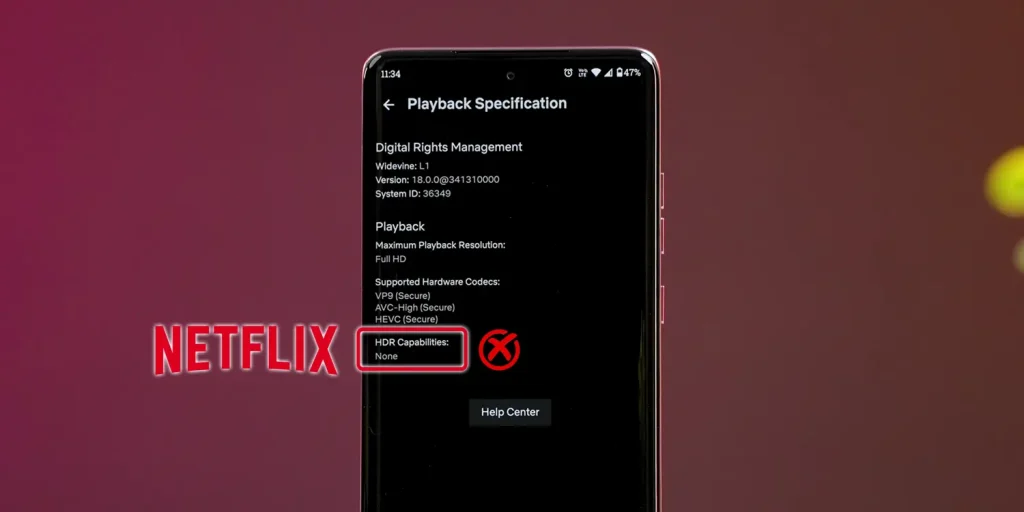
Motorola hasn’t compromised on haptics, ensuring that interacting with the screen feels smooth and responsive. The phone also comes with loud and balanced stereo speakers, making it a great choice for consuming content like movies or music. However, there’s a catch: HDR video playback is currently limited to YouTube and not supported on Netflix, which might disappoint some users.
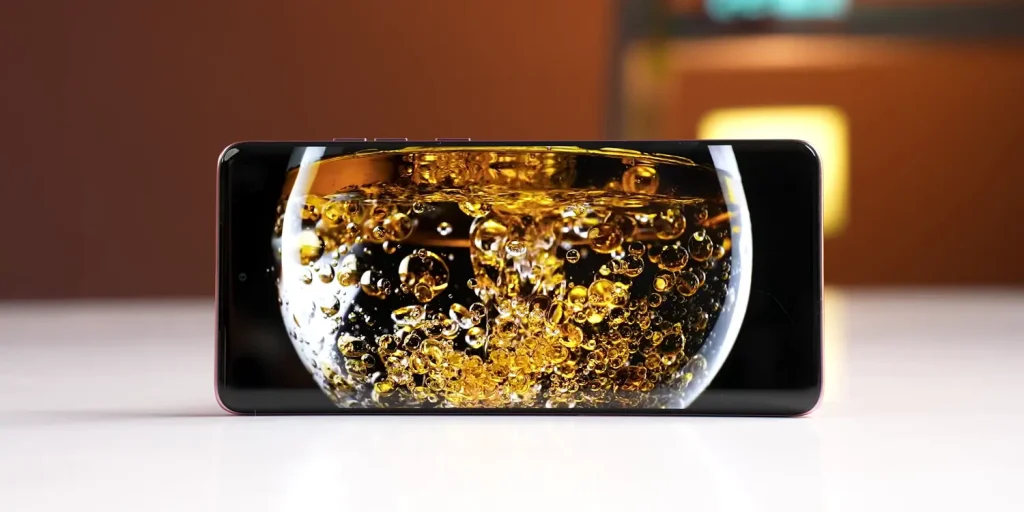
Despite these minor shortcomings, the display is a standout feature, offering an immersive experience that rivals more expensive phones.
Performance: Decent but Not for Gamers
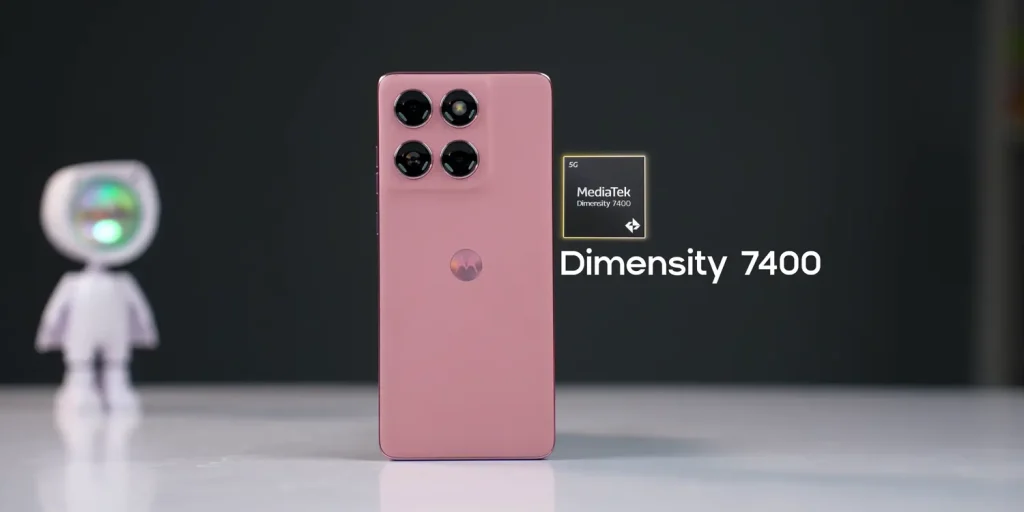
The Motorola Edge 60 Fusion is powered by the Dimensity 7400 chipset, which delivers solid performance for everyday tasks. Whether you’re browsing social media, multitasking, or using productivity apps, the phone feels smooth and responsive. Motorola’s near-stock Android UI is a big plus, offering a clean and bloatware-free experience. Unlike some competitors, the Edge 60 Fusion comes with minimal pre-installed apps, which enhances the overall user experience.
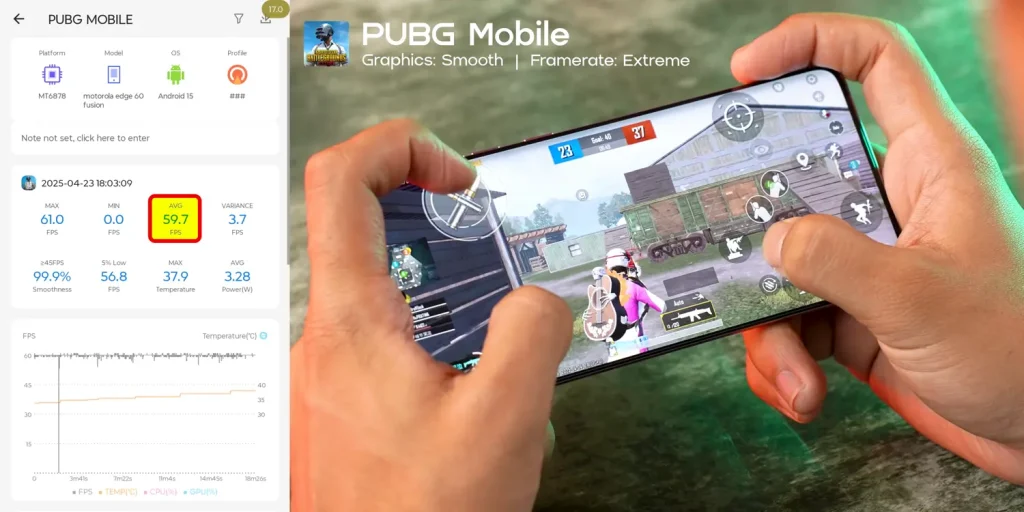
However, gaming performance is where the phone falls short. While it can handle games like PUBG at 60fps or Genshin Impact on medium to low settings, the curved screen leads to frequent mistouches, which can be frustrating. For serious gamers, alternatives like the Poco X7 Pro or Realme GT60 are better suited, as they offer superior gaming performance.
Software: Clean but Slow Updates
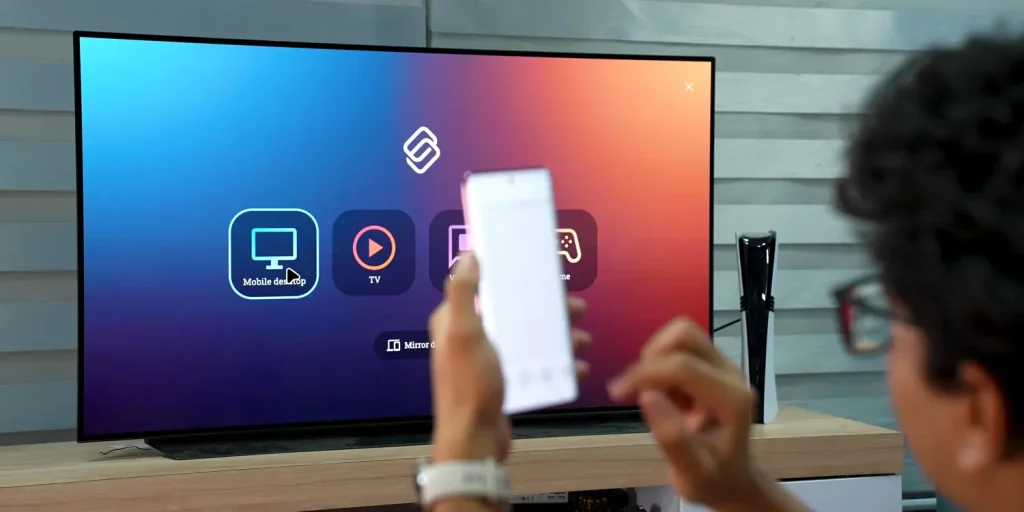
Motorola has done an excellent job optimizing its software for the Edge 60 Fusion. The Android-based UI is lightweight, free of heavy animations, and devoid of intrusive ads—a refreshing change in the mid-range segment. The phone also comes with a host of AI features, including Moto AI, which offers practical tools like voice-to-text conversion, image generation, and a journal feature for saving photos or screenshots with notes. Additionally, the Smart Connect feature allows seamless integration with Windows PCs or tablets, enabling screen mirroring and file sharing.

Another underrated feature is sound personalization, which lets users customize the audio output to their liking. Options like the “Music” profile enhance the audio experience, making it richer and fuller.
However, Motorola’s software update policy is a point of concern. While the company promises 3 years of OS updates and 4 years of security patches, it has a reputation for delivering updates slower than competitors like OnePlus or Nothing. This could be a dealbreaker for users who prioritize timely software upgrades.
Battery Life: All-Day Power with Fast Charging

The Edge 60 Fusion houses a 5,500 mAh battery, which delivers impressive endurance. On average, users can expect 7.5 to 8 hours of screen-on time, easily lasting a full day of heavy use. While the Vivo T4 offers a larger 7,300 mAh battery at a similar price, the Edge 60 Fusion’s battery life is more than sufficient for most users.
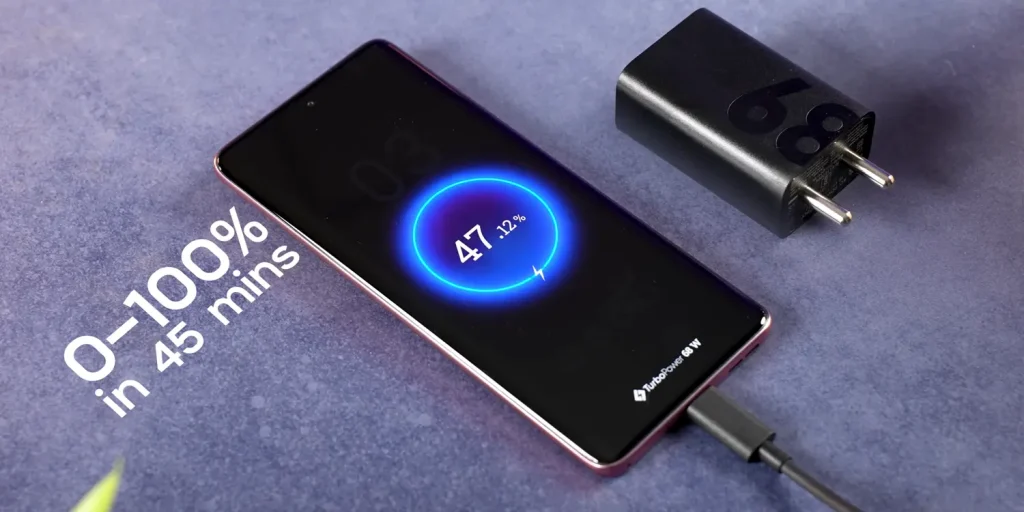
Charging speeds are also commendable, with the included 68W PD charger fully charging the phone in around 45 minutes. This ensures minimal downtime, making it convenient for users with busy schedules.
Camera: Versatile but Not Perfect
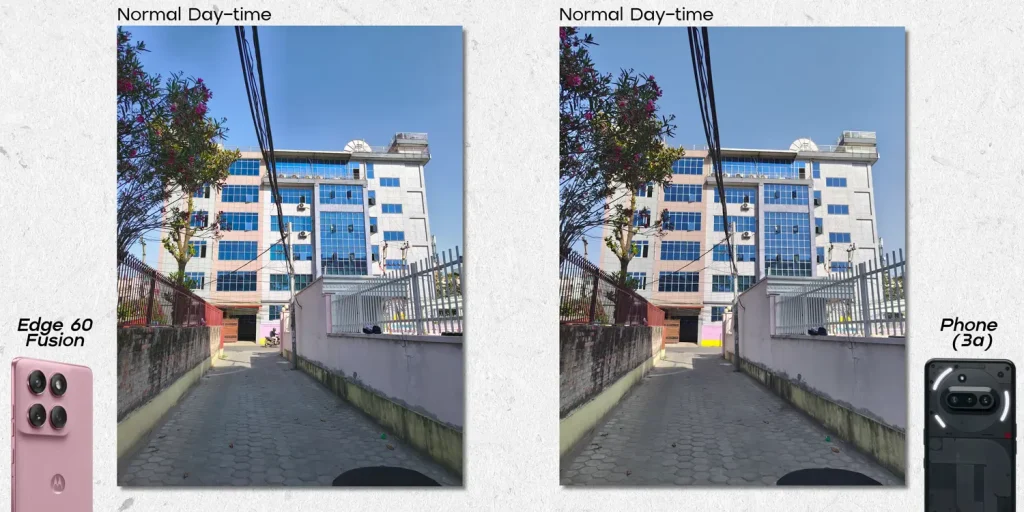

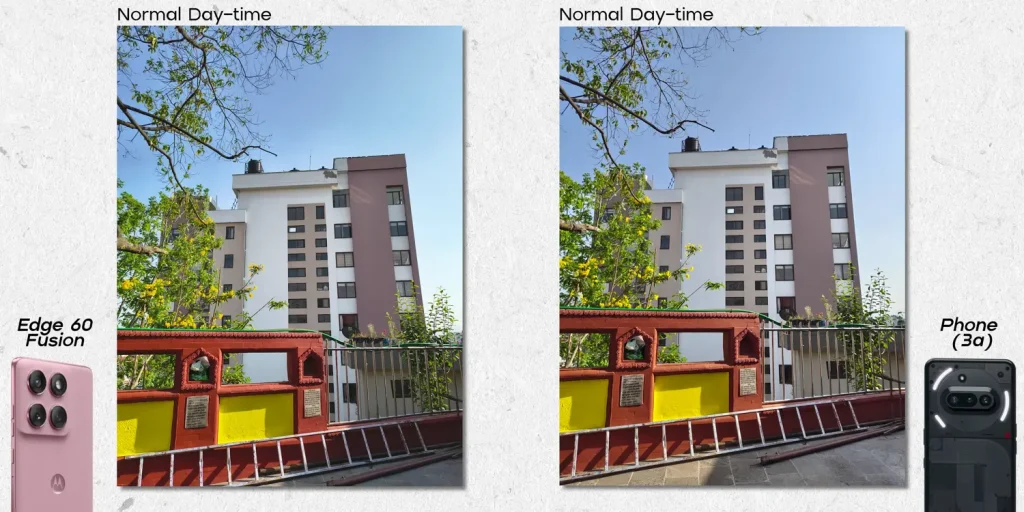
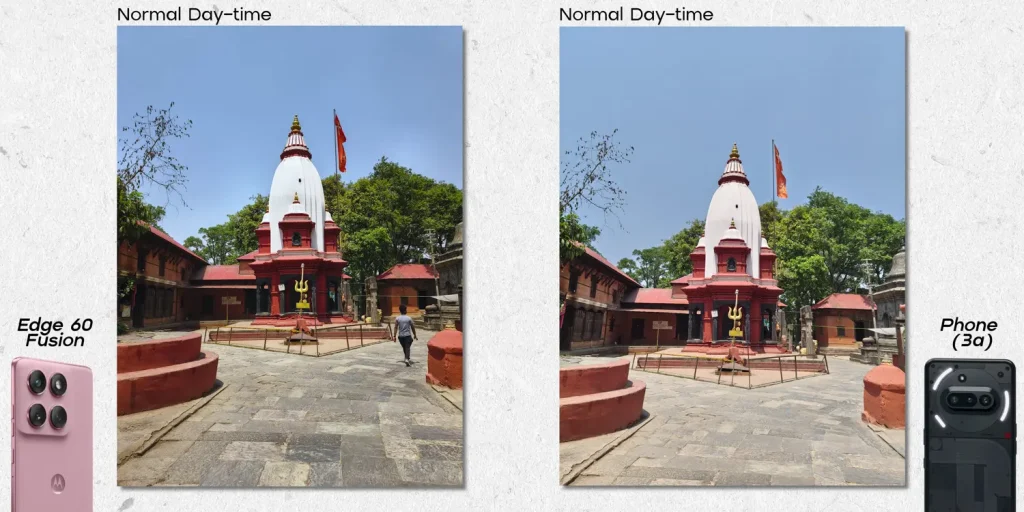
The camera setup on the Motorola Edge 60 Fusion is identical to its predecessor, featuring a 50MP primary lens, a 13MP ultra-wide lens, and a 32MP front camera. While it doesn’t bring any new upgrades, the camera performance is solid for the price.
The primary lens captures sharp and detailed photos with punchy contrast and vibrant colors, making images stand out. In comparison to the Nothing Phone 3a, the Edge 60 Fusion produces slightly more striking photos, though it occasionally struggles with shadow crushing. The ultra-wide lens performs well, especially during the day, offering better dynamic range than the Nothing Phone 3a’s 8MP ultra-wide sensor. At night, the Edge 60 Fusion’s ultra-wide lens also delivers better details.
Portrait photography is decent but not exceptional, as the lack of a telephoto lens limits subject focus and detail compared to the Nothing Phone 3a’s dedicated 2x telephoto lens. Selfies, however, are on par with the competition, with good detail and accurate colors.
For videography, the Edge 60 Fusion is a step ahead. It supports 4K 30fps recording on both the primary and ultra-wide lenses, with the ability to switch between them during recording. It also offers 4K selfie videos, which the Nothing Phone 3a lacks. However, indoor video quality tends to degrade, which is a minor drawback.
Overall, the camera system is versatile and performs well for casual photography and videography, but portrait enthusiasts might prefer the Nothing Phone 3a.
Specifications Table
| Feature | Specification |
|---|---|
| Display | Bright, sharp, Gorilla Glass 7i, curved |
| Processor | MediaTek Dimensity 7400 |
| Battery | 5,500 mAh, 68W fast charging |
| Camera | 50MP (Primary), 13MP (Ultra-wide), 32MP (Front) |
| Software | Android-based, 3 years OS updates, 4 years security updates |
| IP Rating | IP68, IP69 |
| Storage | 256GB (₹23,000 / $275) |
| Audio | Stereo speakers, sound personalization |
| Additional Features | Moto AI, Smart Connect, near-stock Android |
Availability Issues: A Persistent Problem
One of the biggest hurdles for Motorola is product availability. The Edge 60 Fusion, launched a few weeks ago, is still listed as “Coming Soon” on Flipkart and “Currently Unavailable” on Motorola’s website. This isn’t a new issue—Motorola’s new models often face stock shortages or delayed availability, which can frustrate potential buyers. For a phone as promising as the Edge 60 Fusion, Motorola needs to address this issue to capitalize on its potential.
Should You Buy the Motorola Edge 60 Fusion?
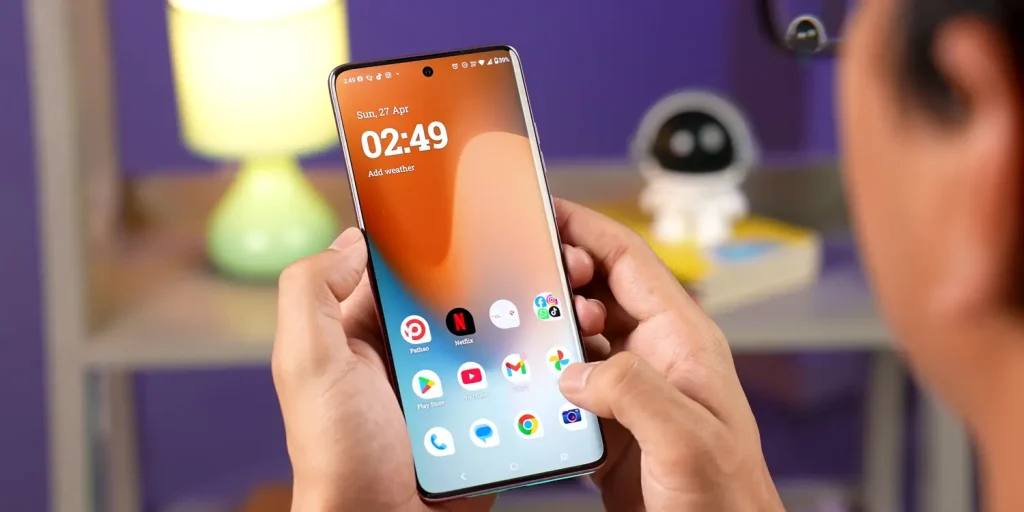
The Motorola Edge 60 Fusion is a compelling option for those seeking a balanced smartphone under ₹25,000 ($300). Its premium design, vibrant display, long battery life, and versatile cameras make it a strong contender in the mid-range segment. The 256GB storage variant at ₹23,000 ($275) offers excellent value, especially when compared to the Nothing Phone 3a, which costs ₹4,000 ($48) more for the same storage.
However, the phone isn’t perfect. Its gaming performance is average, and the curved screen can lead to mistouches. The slow software updates and availability issues are also significant concerns. If you’re a gamer or prioritize timely updates, alternatives like the Poco X7 Pro or Nothing Phone 3a might be better choices. Additionally, if you need a stylus, the Moto Edge 60 Stylus is an option, but its performance and cameras are weaker.
Conclusion
The Motorola Edge 60 Fusion is a well-rounded smartphone that excels in design, display, and battery life while offering a clean software experience and decent cameras. Priced at ₹23,000 ($275), it’s a great value-for-money option for non-gamers looking for a premium mid-range phone. However, Motorola needs to address its slow software updates and availability issues to truly compete with brands like Nothing and OnePlus.
If you’re looking for a stylish, reliable, and feature-packed phone under ₹25,000, the Edge 60 Fusion is worth considering—provided you can get your hands on one. Do you think this phone is the best in its segment? Let us know your thoughts!
